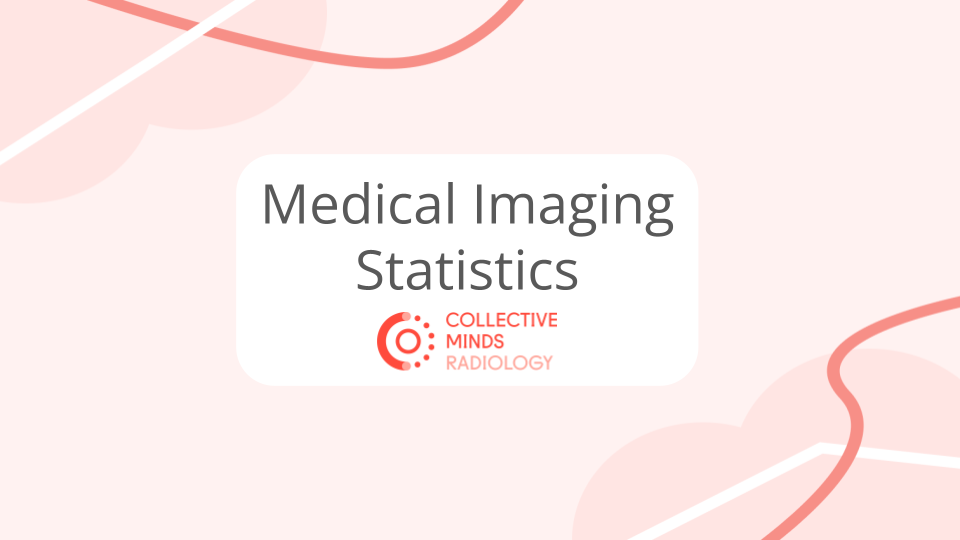Radiology Malpractice Statistics: A Comprehensive Analysis of Claims and Costs

According to recent studies, 71% of radiologists have been named in a malpractice lawsuit, with an average indemnity payment of $452,240 per claim - higher than the combined average across all medical specialties ($371,560).
Radiology plays a crucial role in modern healthcare, serving as the cornerstone of accurate diagnosis and treatment planning. However, the specialty faces significant challenges when it comes to medical malpractice. This comprehensive analysis examines the latest statistics, trends, and implications of malpractice claims in radiology.
Current State of Radiology Malpractice
The landscape of radiology malpractice reveals concerning patterns. According to a study published in the Egyptian Journal of Radiology and Nuclear Medicine, diagnostic errors account for 14.83 claims per 1000 person-years. This rate places radiology among the top medical specialties facing malpractice challenges.
Read Also: Understanding Good Clinical Practice (GCP) in Imaging
Error Rates and Frequency
The discussion of error rates in radiology practice is fundamental to understanding the scope of malpractice risk. While perfection remains an aspirational goal, the reality of human interpretation in medical imaging includes an inherent margin of error. This understanding has led to the development of various quality assurance measures and peer review systems designed to minimize error rates.
"There is a recognized 4% error rate in radiology for daily work, which has been relatively stable for five decades,"
as reported by the American College of Radiology.
This statistic highlights the persistent nature of diagnostic challenges in the field, despite technological advancements.
Financial Impact and Claim Statistics
Understanding the financial implications of malpractice claims is crucial for both individual radiologists and healthcare institutions. The monetary impact extends beyond just the settlement amounts, encompassing legal fees, insurance premiums, and potential loss of practice revenue. These financial considerations often influence practice patterns and risk management strategies adopted by radiology departments.
- 31% of radiology claims result in indemnity payments
- The average payment ($452,240) exceeds that of most other medical specialties
- Legal defense costs can significantly increase the total financial burden
Types of Malpractice Claims
The categorization of malpractice claims provides valuable insights into areas requiring focused attention and improvement. Understanding the common types of claims helps radiologists and healthcare facilities develop targeted prevention strategies. This knowledge is particularly valuable for new practitioners entering the field and for continuing education programs.
Research from TMLT identifies the primary categories of radiology malpractice claims:
- Diagnostic Errors
- Communication Failures
- Procedural Complications
- Documentation Issues
Read Also: What is DICOM? The Complete Guide to Medical Imaging Standards
Emergency Department Cases
"Nearly half of all radiology malpractice claims involve patients treated in the emergency department,"
according to Radiology Business.
This high percentage underscores the particular challenges faced in emergency settings, where time pressure and complex cases intersect.
Risk Factors and Prevention
The identification and understanding of risk factors in radiology practice form the foundation of effective prevention strategies. These factors often interact in complex ways, requiring a comprehensive approach to risk management. Regular assessment and updating of prevention strategies ensure their continued effectiveness in an evolving healthcare landscape.
Common Risk Areas
- Missed diagnoses in cancer detection
- Delayed communication of critical findings
- Inadequate documentation
- Technical errors in image interpretation
Preventive Measures
- Enhanced communication protocols
- Structured reporting systems
- Regular peer review
- Continuous professional education
Technological Solutions and Future Trends
The integration of artificial intelligence (AI) and machine learning shows promise in reducing error rates. These technologies serve as valuable second readers and can help flag potential issues for radiologist review. The future of radiology practice will likely see increased adoption of AI-assisted interpretation tools, though human expertise remains central to accurate diagnosis.
Summary
Radiology malpractice statistics reveal a specialty facing significant challenges, with 71% of practitioners experiencing lawsuits and substantial financial implications. The stable 4% error rate, despite technological advances, suggests a need for continued focus on quality improvement and risk management strategies. Understanding these statistics helps inform better practices and protective measures for both radiologists and healthcare institutions.
FAQ
Q: What percentage of radiologists face malpractice lawsuits? A: 71% of radiologists have been named in at least one malpractice lawsuit during their career.
Q: What is the average cost of a radiology malpractice claim? A: The average indemnity payment for radiology claims is $452,240.
Q: What is the general error rate in radiology practice? A: Studies consistently show a 4% error rate in daily radiology work.
Q: Where do most radiology malpractice claims originate? A: Nearly half of all radiology malpractice claims originate from emergency department cases.
Reviewed by: Mathias Engström on November 6, 2024




